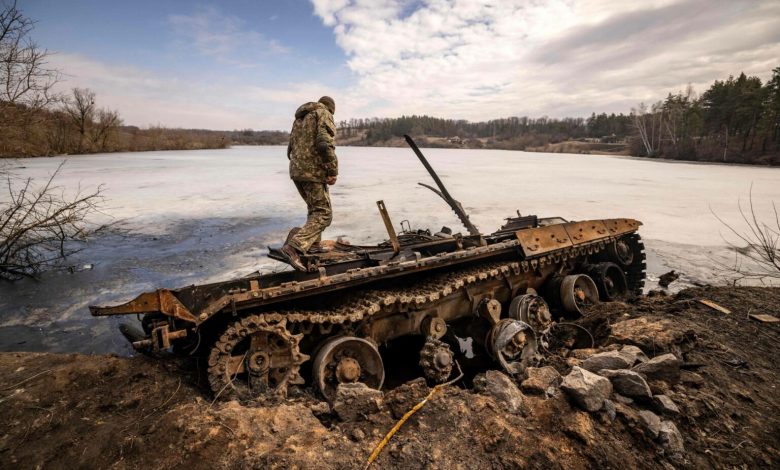Report: Ukraine’s Allies Weigh Options if US Cuts Intelligence Support

Kyiv’s allies are reviewing how to address potential intelligence gaps after Washington warned it could suspend intel-sharing unless Ukraine accepts a proposed peace plan.
At an annual gathering of defense and security officials in Nova Scotia, Canada, experts reported to Politico some possible options for replacing or supplementing US intelligence support.
NATO and European representatives stressed that Washington’s capabilities, especially satellite-based intelligence used to track Russian movements and anticipate strikes, are “unique” and “irreplaceable.”
However, they also noted that commercial and non-US systems have improved in recent years and may partially cover shortfalls.
Alternatives to US Systems
In Europe, commercial satellite providers are expanding their capabilities, also driven by heightened interest following the US’ temporary pause in space-intelligence sharing with Ukraine earlier this year.
Interim head of NATO’s DIANA innovation program James Appathurai said European firms like Finland’s ICEYE, which operates synthetic-aperture radar satellites, are already supplying data to Ukraine.
ICEYE has sold satellites to Poland, the Netherlands, Finland, and Portugal, and plans to expand its current constellation of roughly five to ten sovereign satellites to as many as 25 within the next two years.
In addition, EU Defence and Space Commissioner Andrius Kubilius highlighted several European programs that could also support Ukraine.
One is Galileo, the EU’s global navigation network, which operates 24 satellites in medium Earth orbit at an altitude of 23,222 kilometers (14,440 miles).
Another is Copernicus, the EU’s Earth observation and weather-monitoring system, which is set to expand with nearly 20 additional satellites before 2030, collecting data from sensors on the ground, at sea, and in the air.
Kubilius also mentioned Europe’s planned IRIS² program, which aims to deliver a secure, multi-orbit communications network for military, governmental, and emergency use.
The constellation is expected to include 290 satellites in medium- and low-Earth orbits, but it remains under development and is projected to become operational in 2030.
Besides European nations, Canada could also help fill part of any intelligence gap for Kyiv.
Canada has previously provided RADARSAT-2 imagery, a synthetic-aperture radar satellite that acquires tens of thousands of images annually, to Ukraine and could resume support if US assistance is reduced.




